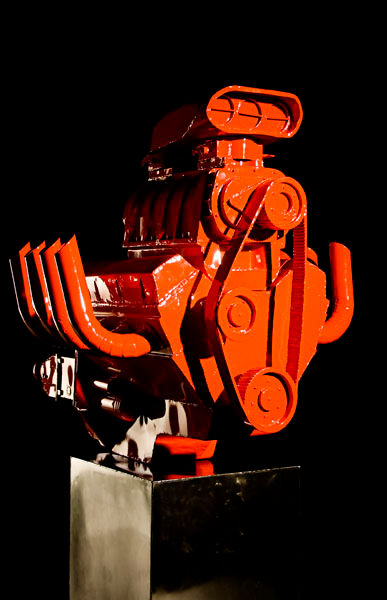| Vee Speers, Untitled #30, 2007, image: Fotografiska Museet |
Children can be forced to grow up at a lightning pace, for both wanted and unwanted exposures plague the false purity attributed to childhood. Vee Speers in her latest exhibition ”The Birthday Party” at Stockholm’s newly opened Fotografiska Museet presents more than a dozen oversized, illuminated portraits of costumed children, decorated in the light of pastels and creams, sharing the stage with well-chosen props, objects of shock and intrigue—even limp feral creatures. Not the cheerful embodiment of innocence, these children often allude to darker actions, discontented realities. Yet, they look as if en route to some fantastical version of a birthday party, even if it turns out to be nothing they’ve yet experienced or imagined. More »







